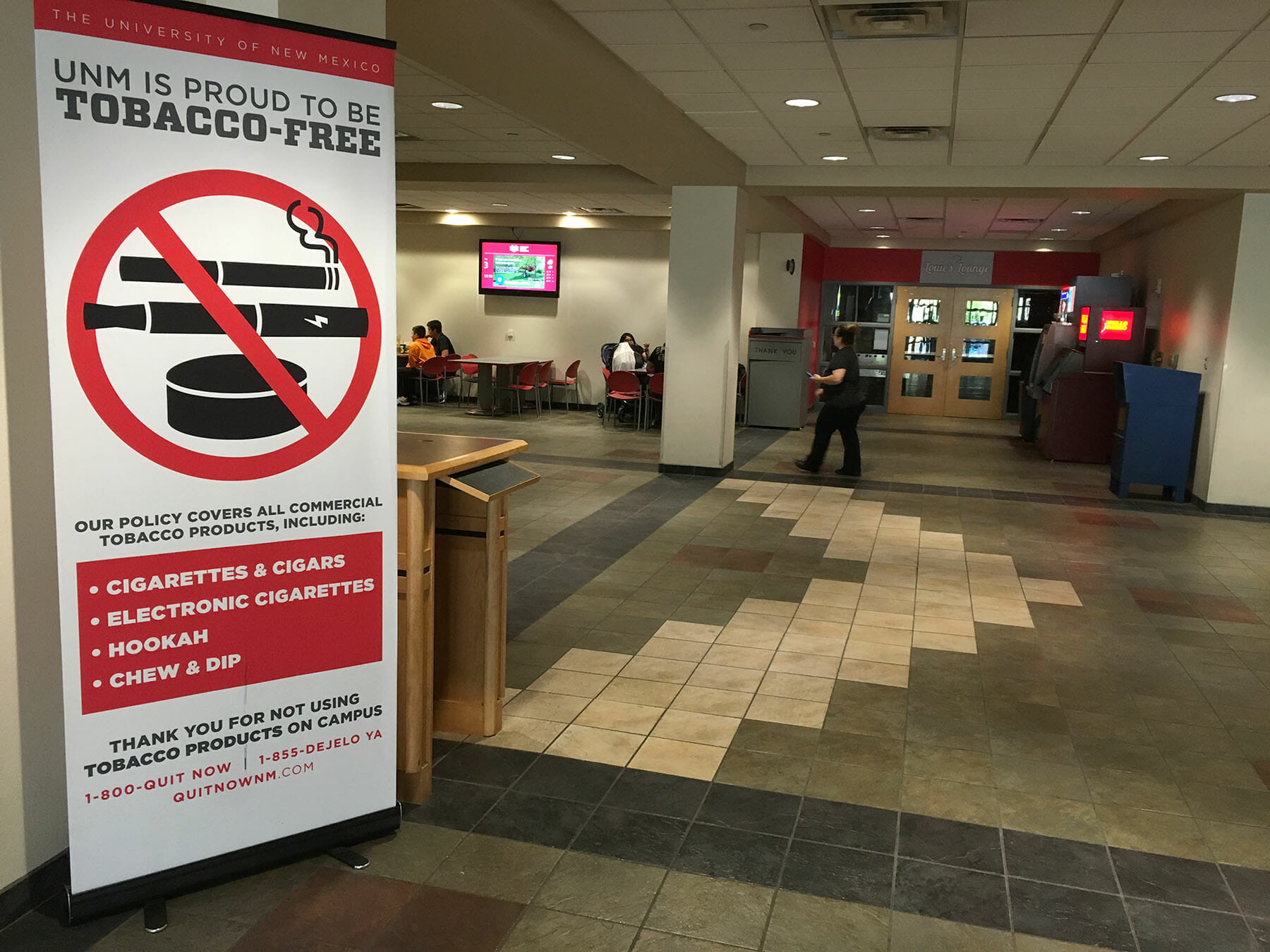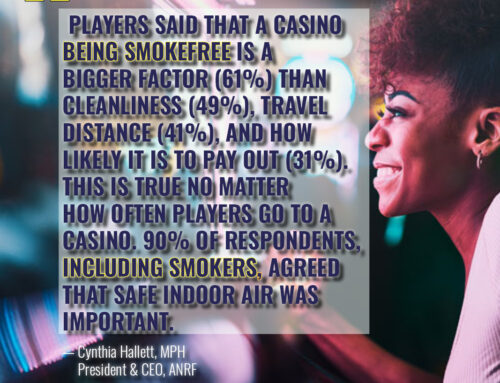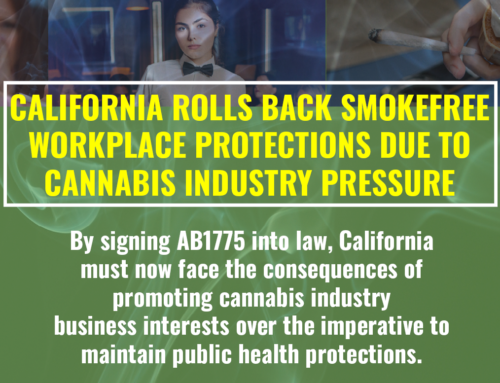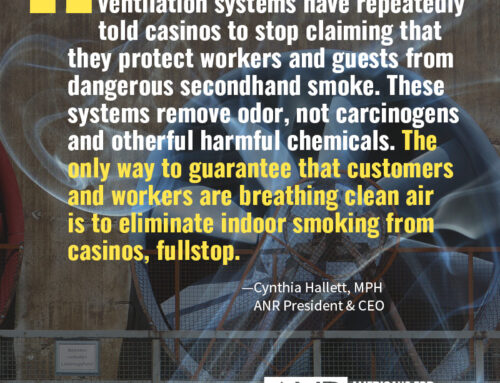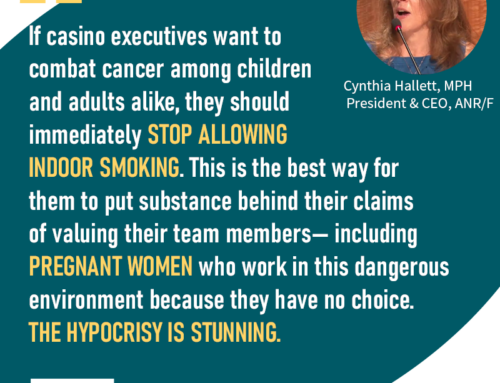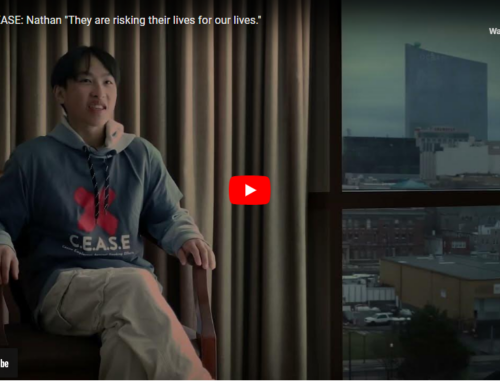A decade after the introduction of the e-cigarette, ANR reflects on the marketing, use, and health impacts of these nicotine products. Today we share Part 3 of this series, which focuses on policy guidance to protect public health. Part one is here and Part 2 is here.
Regulating use of e-cigarettes as tobacco products
E-cigarettes should not be used where tobacco smoking is not allowed; they produce a chemical aerosol containing heavy metals and ultra-fine particulate matter that is harmful to the bystander. Much like with cigarette smoking, establishing smokefree environments sets a social norm for tobacco-free living and can reduce adult smoking and prevent youth initiation of tobacco, and smokefree laws that also prohibit e-cigarette use have a similar effect.
Given the risks of vaping and exposure to secondhand aerosol, every city and state should include these nicotine products in their smokefree laws to protect the health and safety of workers and patrons. One simple way to do so is to use our model language definition of electronic smoking device. This helps clarify that use of an e-cigarette of any kind should not be used where smoking is not allowed. This recommendation by ANR and public health experts treats e-cigarettes the same as combustible products; something proponents have clung to as unnecessary and unfair. In fact, in the early 2010s the industry implemented a successful multi-state strategy introducing separate “vapor product” category definitions into statute that were intended to exempt and preempt e-cigarette products from any type of regulation including youth access (T21), taxation and smokefree.
Fortunately, decision makers have responded by clarifying definitions; as of January 2, 2020, 929 municipalities, 19 states, and three territories follow the recommendations to include e-cigarettes in smokefree laws.
Additionally, individuals who vape should seek assistance to kick the habit. It’s always better not to be breathing chemicals into your lungs, and given the respiratory risks associated with the recent outbreak of COVID-19, it is important to reduce all risks to lung health, including smoking, vaping, and exposure to secondhand smoke or aerosol.
The youth e-cigarette epidemic has skyrocketed in the past three years. According to the 2019 National Youth Tobacco Survey (2019 NYTS), e-cigarette use among high school students nationwide increased to 27.5% in 2019 compared to 11.7% in 2017. Altogether, more than 5.3 million middle and high school students now use e-cigarettes. Now is the time to take action to prevent youth nicotine use by strictly regulating the sale of all candy and menthol flavored tobacco products, including e-liquids, and restricting the use of e-cigarettes in smokefree spaces.
Previous Blog Posts on e-cigarettes:
https://no-smoke.org/clearing-the-air-on-the-vaping-crisis/
https://no-smoke.org/big-tobacco-and-juul/
https://nonsmokersrights.org/trump-administration-ecig-policy
For more information on electronic cigarettes, visit:
https://no-smoke.org/smokefree-threats/electronic-cigarettes/

